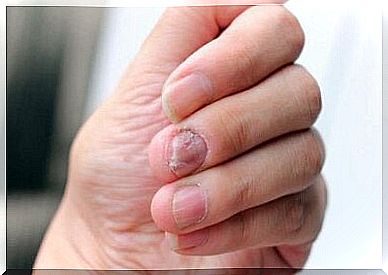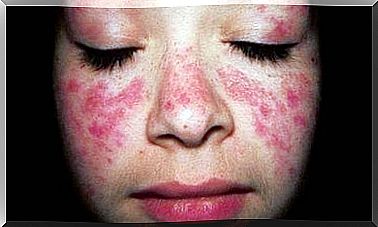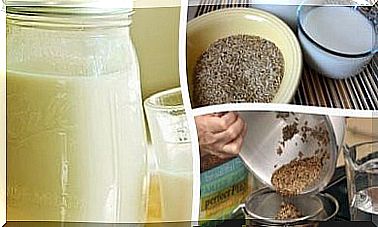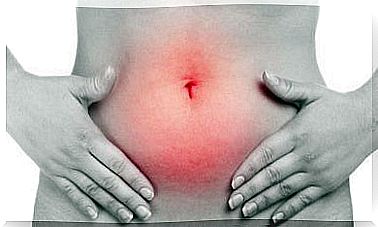What Is Hallopeau Syndrome?
Hallopeau syndrome is a very rare disease that mainly affects middle aged women with a history of smoking. There is no known cure.

Hallopeau syndrome is a very rare condition, although some believe it has been underdiagnosed. However, there are very few reported cases and most of them involve middle-aged women.
The name Hallopeau syndrome pays homage to the French physician François Henri Hallopeau, who made a great contribution to dermatology. He is credited with the description of continuous acrodermatitis, and important contributions in the study of leprosy, cutaneous tuberculosis, etc.
Hallopeau syndrome was first reported in 1888 by Radcliffe Crocker. However, it was not until 1890 that Hallopeau further described the disease, which was initially called acrodermatitis continua suppurativa.
What is Hallopeau syndrome?

Hallopeau syndrome is a chronic inflammatory disease that affects the fingers and toes. It is also known as acropustulosis, acrodermatitis pustular, acrodermatitis perstans, or dermatitis repens .
The main feature of this disease is the appearance of rashes with sterile pus. In principle, they only affect the fingertips, but tend to spread gradually to the entire local area.
In chronic cases, and after some time, it is usual for the rashes to result in disabling lesions. Mainly atrophy, onychodystrophy and osteolysis. All of these cause permanent damage.
Main features of Hallopeau syndrome
The disease usually starts at the fingertips. It rarely appears in the feet first. The first thing you notice are the little pustules, which come together and form pockets of pus. This pus does not contain bacteria, so it is said to be sterile.
When the pustules rupture, they leave the skin red and shiny. New pustules are born in the area. When they form under the nail bed, they often lead to plaque loss or onychodystrophy, a significant damage to the nail surface.
The lesions vary depending on the stage of the disease. In acute episodes, the pustules behave as described, with a tendency to spread to neighboring areas. In the chronic stage, it is possible that there is complete destruction of the nail matrix, resulting in the loss of the nail, or anonychia.
Likewise, the skin atrophies severely. Inflammation of the phalanges or osteitis occurs and leads to osteolysis, that is, the destruction of bone tissue. Often, this ends up compromising the joints. The disease can spread to the back of the forearm or to the foot.
Causes and diagnosis

Science does not know the reasons for Hallopeau syndrome. However, there is now some consensus that Hallopeau syndrome is a localized clinical form of pustular psoriasis. The latter is a serious complication of typical psoriasis.
Hallopeau syndrome is believed to be an autoimmune disease characterized by immune dysregulation located on the skin. However, it is known that most cases occur in middle-aged women with a history of smoking. It is also common for it to start with an infection or trauma.
The diagnosis of Hallopeau syndrome is both clinical and histopathological. The first thing to establish is whether the pustules are sterile. Culture is usually done, although a biopsy is sometimes necessary.
From a histopathological point of view, the main feature is the pustule, which is occupied by neutrophils. There is no epidermal necrosis or spongiosis. Moderate lymphohistiocytic infiltration is common. It is located in the upper part of the dermis and has focal edema.
Evolution and prognosis
Hallopeau syndrome can be very resistant to treatment when it reaches the chronic phase. So far, no drug has been designed to achieve long-lasting remission. In fact, cases are so rare that there aren’t even clear treatment guidelines.
The disease is usually confined to the area of origin for several years. However, it is also common for it to progress to nearby areas. In extremely rare cases, the problem becomes general and affects the mucous membranes.
Exceptionally, cases of spontaneous improvement have been reported. However, it is common to have multiple episodes of exacerbation, in which the lesions increase for no apparent cause. It is a chronic and recalcitrant disease.









